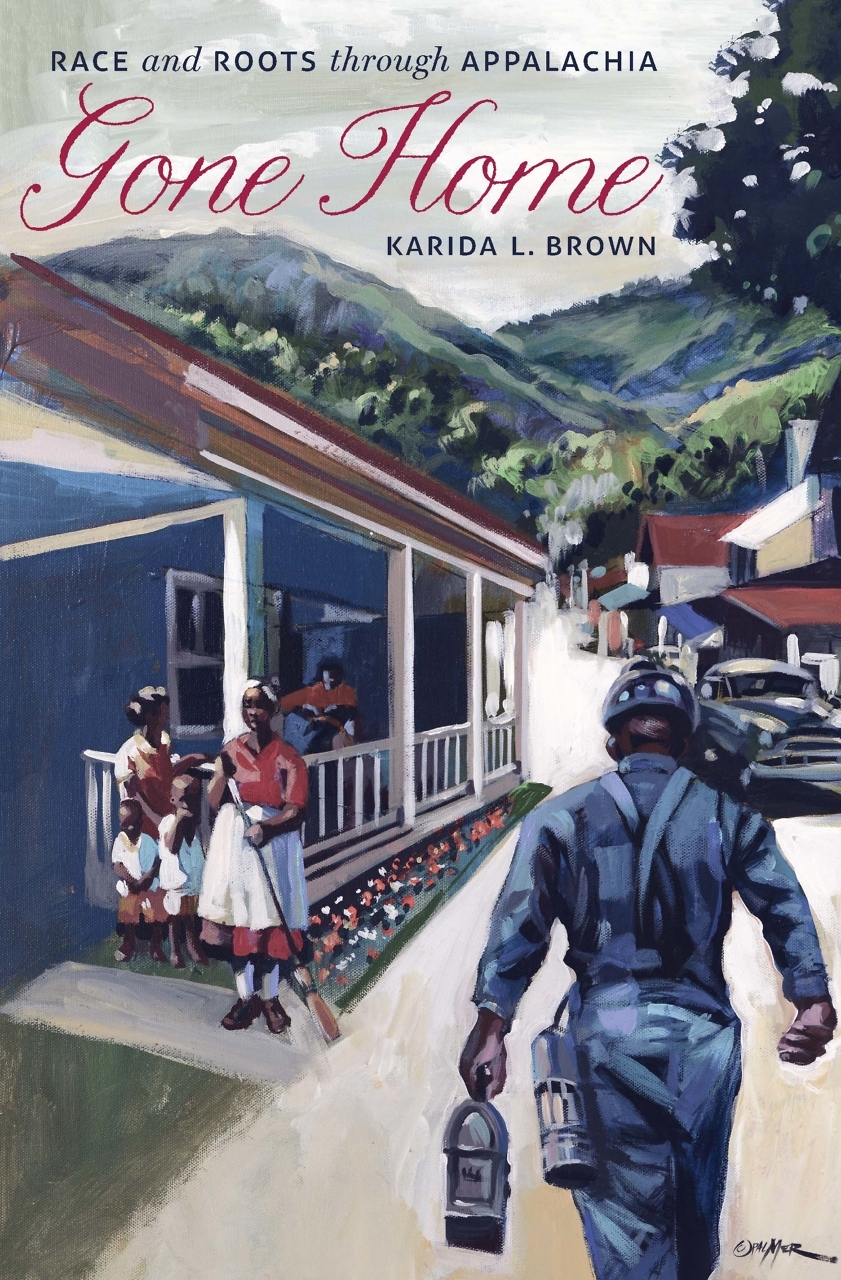Pedaling for Glory
In The Lost Cyclist, David V. Herlihy tells the true story of a bicycle, an adventure, and a murder
Like so many other young men of the Victorian era, Frank Lenz wanted adventure. A clerk from Pittsburgh, Lenz wished to make his mark on what was still a largely unexplored world. His passion was bicycling, which in the 1880s meant the “high wheeler” variety of the machine, a precarious device that in an accident would pitch the rider to the ground from a height of five feet. But Lenz was a first-class cyclist, and in that pre-automobile age, first-class cyclists were local, sometimes national, celebrities. It didn’t take Lenz long to realize that he could trade that celebrity for lasting fame—if he were willing to take a calculated risk. In his new book The Lost Cyclist, bicycle historian David V. Herlihy recounts Lenz’s big gamble and the great adventure that cost him his life.
Being a bookkeeper in the nineteenth century was apparently no more exciting than being a bookkeeper in the twenty-first century. Twenty-year-old Frank Lenz spent his weekends cycling around the country and his weeks working his dull job and living with his mother. “One way or another, Lenz knew he had to move out of his parents’ house” Herlihy writes. “For despite his cheerful public persona, he was increasingly miserable inside.” His means of escape was the bicycle and a dream of seeing the world. Using his cycling credentials, he asked the editor of the magazine Outing to fund an around-the-world journey that Lenz would report and photograph himself. His proposal accepted, Lenz began the trip in May 1892, traveling west from New York. He rode alone, not on a high-wheeler but on one of the new “safety” bicycles, a machine with a chain drive and two wheels of the same size—basically the modern bicycle but without multiple gears.
 Lenz never made it back home. In the spring of 1894 he vanished in eastern Turkey, then part of the Ottoman Empire. His travels to that point had been remarkable. As a solo explorer he had ridden and photographed his way across China, Burma, India, and Persia, each in itself a nearly impossible feat. Ironically, he considered Turkey an easier, if not easy, portion of his trip.
Lenz never made it back home. In the spring of 1894 he vanished in eastern Turkey, then part of the Ottoman Empire. His travels to that point had been remarkable. As a solo explorer he had ridden and photographed his way across China, Burma, India, and Persia, each in itself a nearly impossible feat. Ironically, he considered Turkey an easier, if not easy, portion of his trip.
In the final third of The Lost Cyclist, Herlihy describes the remarkably slow effort to find Lenz once people back home realized he was gone—a realization that took months, given the slow communications of the day. The politically charged search was led by another celebrity, William Sachtleben, himself a globe-circling bicyclist, though he had accomplished the feat with a partner. Although Lenz’s remains were never found, Sachtleben was able to piece together a probable version of the events that resulted in the murder of a worthy adventurer.
After his death, Lenz was quickly forgotten by the world he had seen so much of. As Herlihy notes, “In 1923, when eighty-two-year-old Anna Lenz died … not one of the local newspapers recalled that she was the mother of the missing wheelman.” Now, with The Lost Cyclist, Frank Lenz may finally regain his place in the history of derring-do.
David V. Herlihy will appear at Davis-Kidd Booksellers in Nashville on August 25 at 7 p.m. and at Davis-Kidd Booksellers in Memphis on September 25 at 1 p.m.


